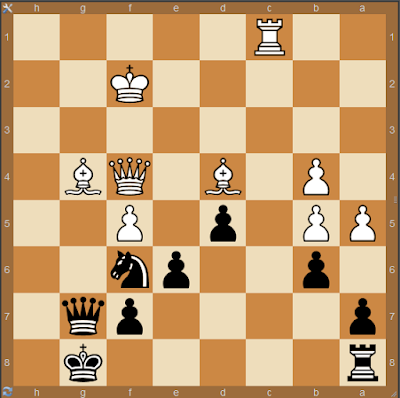Wild speculations
It turns out that careful observations and a bit of logical reasoning has brought us a new way to look at potential chess improvement by adults. We found a less rigid way to look at STM and LTM. We have to proof that it is actual viable by putting it to the test, of course. But for now we are in that pleasant state that we can make wild speculations based on the new ideas. A state that will last only until we have proven that it is NOT viable. Which hopefully will never happen, of course. What wild speculations, or to put it more dignified, hypotheses can we build on the new ideas? We have defined two ways of storage in LTM. Prestored memories and on the fly stored memories. I noticed for the first time the common origin of store and story, by the way. Ok, let's fire away. Prodigies are discovered, and coached by a coach. A coach let them explain their moves with a narrative. That's the reason why talentful youngsters make such fast progress. When narratives of the s...




